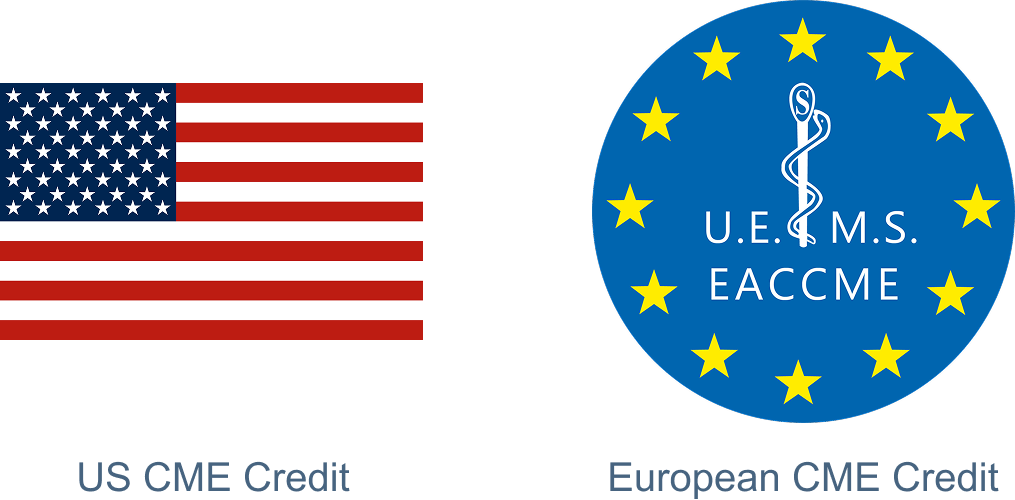Master the most important skills
Learn the skills experts say you need to master in order to become a great clinician.
Learn the skills experts say you need to master in order to become a great clinician.
All our award-winning courses can be completed in less than 5 hours. Most take less than 4!
Learn wherever and whenever you want. Save on expensive courses, travel, and time away from family and friends.
All members receive a certificate for completing this course. For Pro members, the certificate comes with 5 CME credits.
